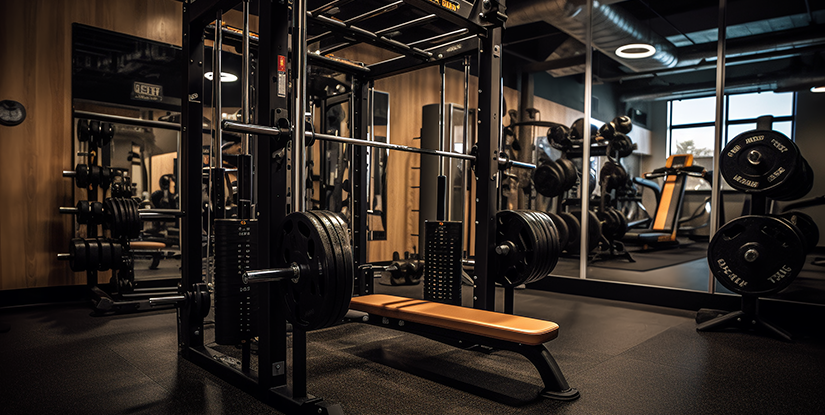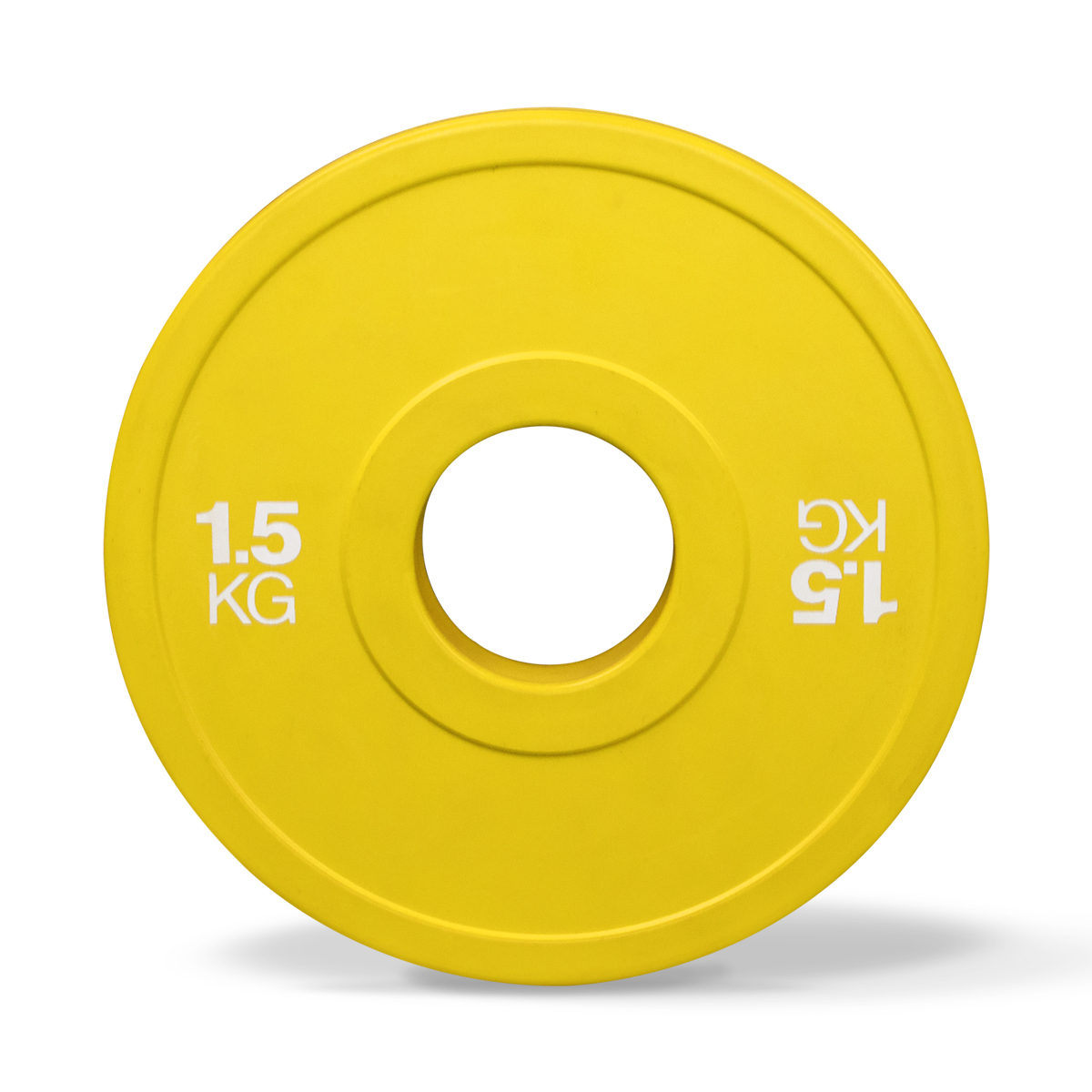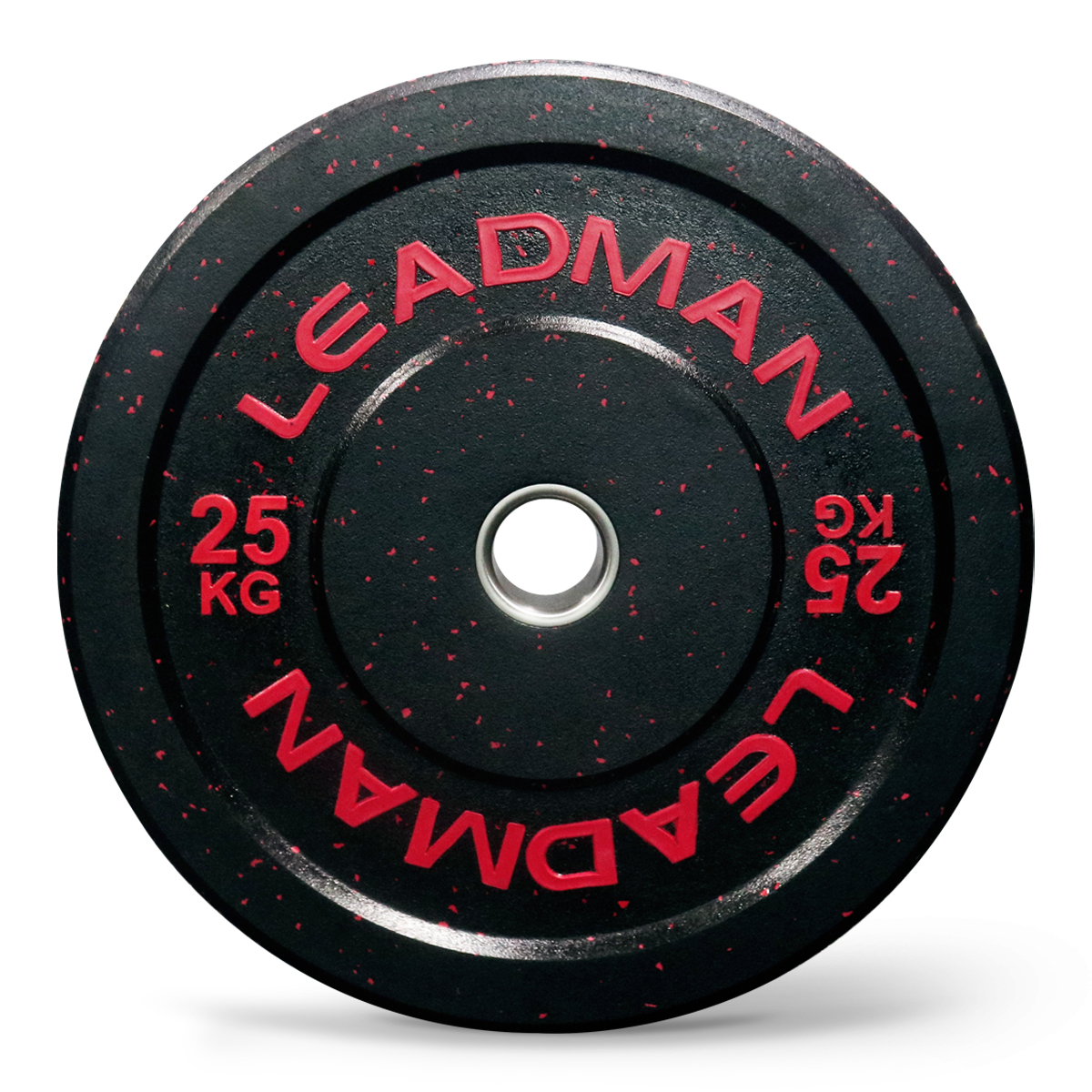Optimize Your Warehouse Space

Optimize Your Warehouse Space for Maximum Efficiency
Efficient warehouse space management is critical for businesses looking to streamline operations, reduce costs, and improve productivity. Whether you're storing fitness equipment, retail inventory, or industrial supplies, optimizing your warehouse layout can make a significant difference in your bottom line. In this guide, we'll explore practical strategies to maximize your warehouse space while maintaining accessibility and safety.
Why Warehouse Space Optimization Matters
A well-organized warehouse ensures faster order fulfillment, minimizes wasted space, and reduces operational inefficiencies. For businesses in the fitness industry, such as gym owners or equipment suppliers, proper storage solutions can protect valuable assets like bumper plates and strength training equipment from damage while keeping them easily accessible.
Key Strategies to Optimize Warehouse Space
1. Vertical Storage Solutions
Utilize vertical space by installing tall shelving units or pallet racks. This approach is ideal for storing bulky items like power racks or Olympic barbells, freeing up floor space for other operations.
2. Implement a Logical Layout
Group similar items together and place high-demand products near shipping areas. For fitness equipment suppliers, this might mean storing dumbbell accessories in a dedicated section for easy picking.
3. Use Modular Storage Systems
Adjustable shelving and modular bins allow flexibility as inventory changes. This is particularly useful for businesses stocking varied products like kettlebells or weight plates.
4. Automate Where Possible
Automated storage and retrieval systems (AS/RS) can dramatically improve efficiency, especially for high-volume warehouses handling items like wholesale dumbbell sets.
5. Regular Audits and Reorganization
Conduct periodic reviews to identify underutilized spaces or obsolete inventory. This ensures your warehouse adapts to changing demands, whether you're storing bench press machines or seasonal equipment.
FAQ About Warehouse Space Optimization
1. How can I maximize space in a small warehouse?
Focus on vertical storage, use multi-functional equipment, and keep aisles narrow (but accessible). Modular shelving and mezzanines can also help.
2. What’s the best way to organize heavy fitness equipment?
Use reinforced racks for heavy items like barbells or bumper plates. Label sections clearly and ensure weight limits are adhered to for safety.
3. How often should I reorganize my warehouse?
Conduct minor reorganizations quarterly and a full audit annually. Adjust more frequently if inventory turnover is high.
4. Are there cost-effective solutions for small businesses?
Yes! Start with used pallet racks, DIY labeling systems, and incremental automation like handheld scanners.
5. How do I balance accessibility with space savings?
Place high-demand items in easily accessible zones and use vertical space for seasonal or bulk storage. A well-designed layout map is key.
Need Custom Storage Solutions for Your Fitness Equipment?
Whether you're a gym owner or fitness retailer, efficient storage solutions can transform your operations and protect your investment in quality equipment.
Let Leadman Fitness help you design a warehouse layout tailored to your needs. Contact us today for expert advice!
Technology and Tools for Warehouse Optimization
Modern warehouses leverage technology like warehouse management systems (WMS), RFID tracking, and IoT sensors to monitor space utilization in real-time. For fitness equipment distributors, integrating these tools can streamline inventory management for items ranging from custom gym equipment to barbells.
Safety Considerations
Always prioritize safety when reorganizing your warehouse. Ensure heavy items like weight plates are stored at lower levels, and maintain clear emergency exits. Regular staff training on proper lifting techniques is essential.
Conclusion
Optimizing your warehouse space is an ongoing process that pays dividends in efficiency, cost savings, and scalability. By implementing these strategies—from vertical storage to smart technology—you can create a workspace that supports your business goals, whether you're storing fitness gear or industrial supplies.





